India Lost Squadron Leader Lokendra Singh in Jaguar Fighter Jet Crash
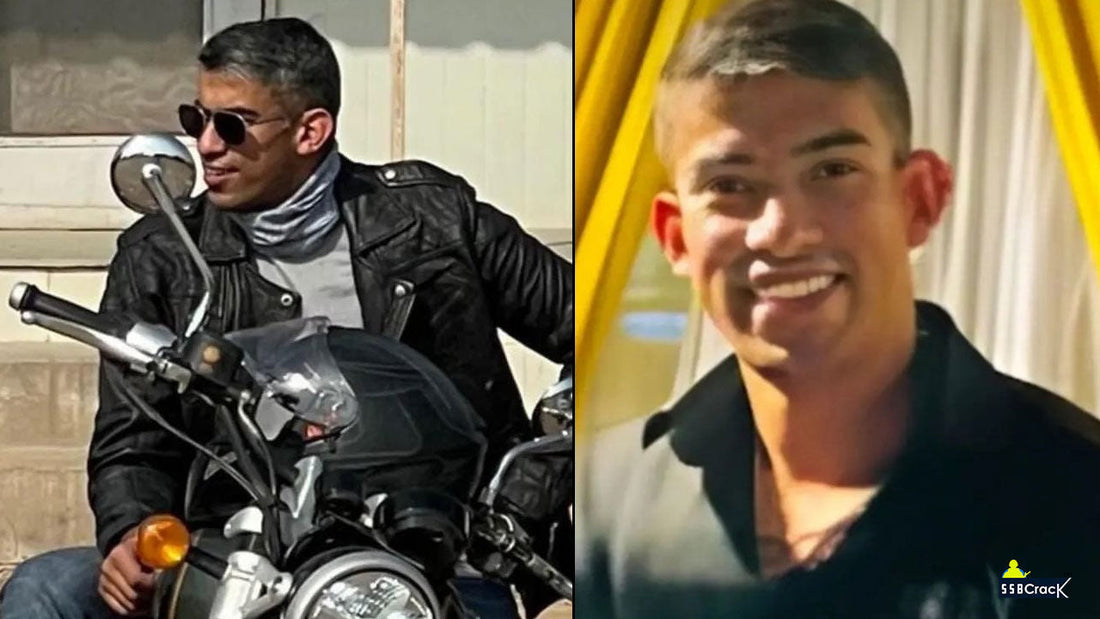
In a tragic incident, an Indian Air Force (IAF) twin-seater Jaguar fighter jet crashed near Bhanoda village in Rajasthan’s Churu district on Wednesday, claiming the lives of both pilots on board. The pilots have been identified as Squadron Leader Lokendra Singh Sindhu, 32, from Rohtak, Haryana, and Flight Lieutenant Rishi Raj Singh, 23, from Pali, Rajasthan. The crash occurred around 1:25 PM during a routine training mission, marking the third such incident involving a Jaguar aircraft this year.
The IAF confirmed the accident in a statement, saying, “An IAF Jaguar Trainer aircraft met with an accident during a routine training mission and crashed near Churu in Rajasthan today.” A court of inquiry has been constituted to investigate the cause of the crash, with preliminary reports suggesting a technical malfunction may have led to the aircraft losing control.

Eyewitnesses described a harrowing scene, with the aircraft breaking into pieces and catching fire upon impact in an agricultural field. Local resident Rajdeep recounted, “The pilot tried his best to save civilian casualties,” noting that the pilots appeared to steer the jet away from populated areas, potentially preventing a greater tragedy. A diary belonging to one of the pilots was recovered from the crash site and handed over to authorities.
Squadron Leader Lokendra Singh Sindhu, a seasoned officer commissioned in 2016, had become a father just a month prior, with his wife giving birth to a son on June 10, 2025. The 44-year-old was the youngest of three siblings and a resident of Rohtak’s Dev Colony. His family, including his wife, who was at her parental home in Hisar at the time, was devastated by the news. Lokendra’s brother works at a multinational company, while his sister recently completed her tenure as a short-service commissioned officer in the IAF.

Flight Lieutenant Rishi Raj Singh, the younger pilot, was part of the No. 5 Squadron ‘Tuskers,’ equipped with Jaguar aircraft. At just 23 years old, he was on a regular training sortie when the accident occurred.
The Jaguar, a British-French fighter jet first inducted into the IAF in 1979, has been a cornerstone of India’s air force, forming part of its nuclear triad. However, the aircraft, now considered vintage, has faced scrutiny due to its age and recurring technical issues. This crash follows two others in 2025: one on March 7 near Ambala, Haryana, where the pilot ejected safely, and another on April 2 near Jamnagar, Gujarat, where Squadron Leader Siddharth Yadav lost his life.
The IAF operates approximately 120 Jaguars across six squadrons, making it the only air force globally still using the aircraft, which other nations like the UK, France, and Oman have retired. Delays in acquiring modern replacements like the HAL Tejas Mk2 and Rafale, coupled with a shortage of fighter squadrons (31 against a sanctioned strength of 42), have forced the IAF to extend the life of these jets, despite upgrades like the DARIN navigation systems. Critics have pointed to the absence of automatic ejection seats as a critical flaw, requiring pilots to rely on superhuman reflexes during low-altitude emergencies.
Rajasthan Chief Minister Bhajan Lal Sharma expressed his condolences, posting on X, “May God grant the departed souls a place at His divine feet and give the grieving families the strength to bear this immense sorrow. Om Shanti!” The IAF and local authorities are providing support to the families of the fallen pilots.
This tragic loss has reignited debates about the IAF’s reliance on ageing aircraft and the urgent need for modernization to ensure the safety of its brave pilots. The nation mourns the sacrifice of Squadron Leader Lokendra Singh Sindhu and Flight Lieutenant Rishi Raj Singh, whose courage and dedication will not be forgotten.





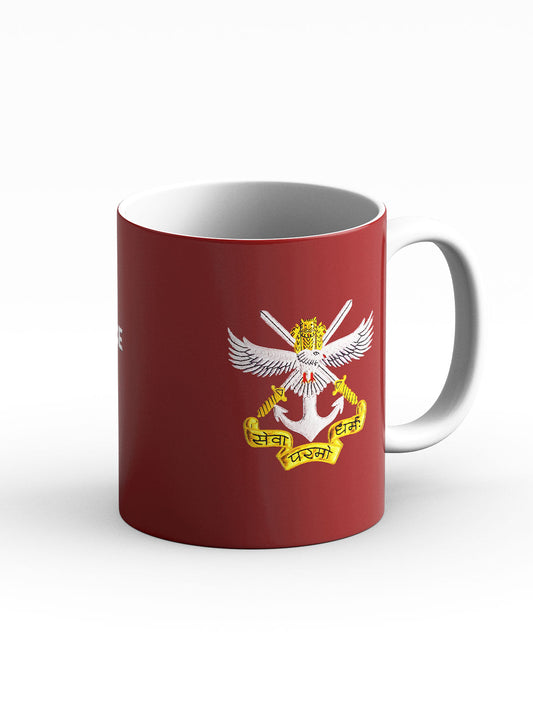










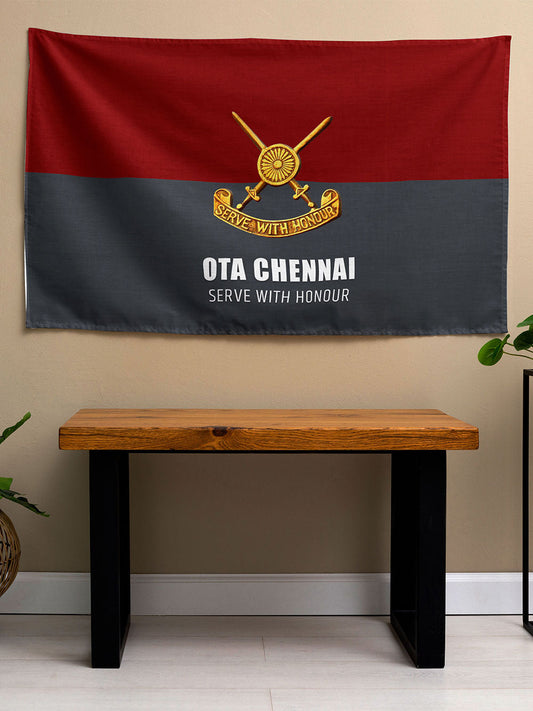
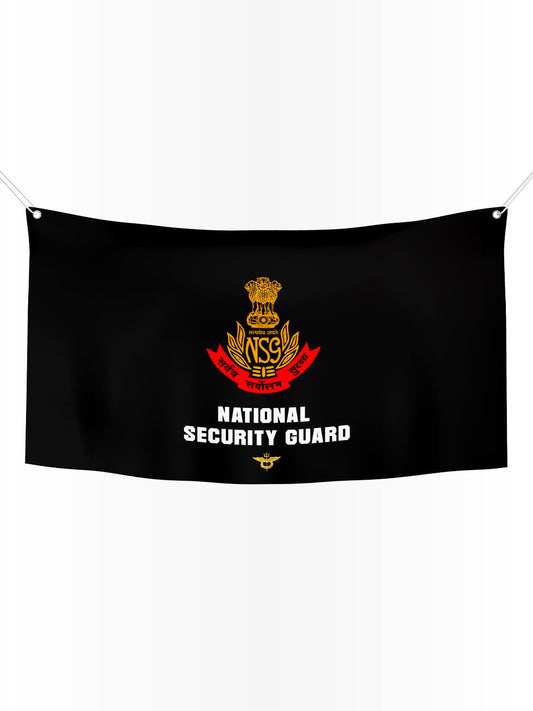
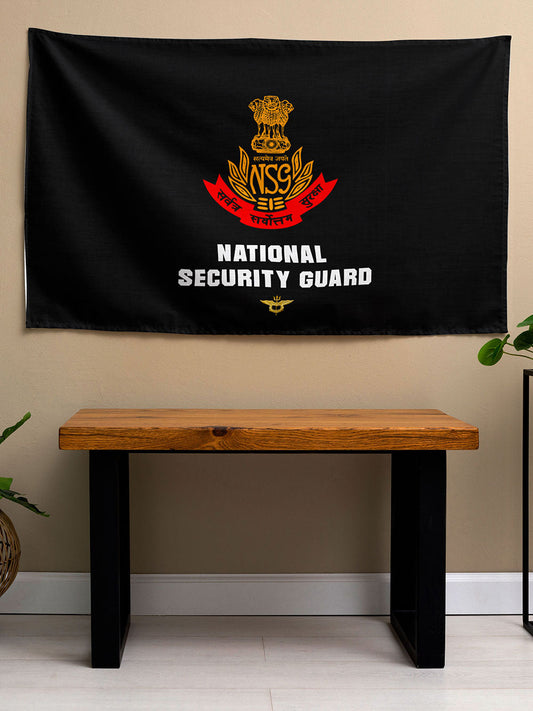

7 comments
It is not new or old but whether the aircraft was fully serviceable. It is amazing that this aircraft did not have an automatic ejection seat while Air craft of earlier vintage like Hunters were fitted with one. Thorough investigation by experienced technicians only will reveal the technical fault, while experienced Pilots may go in to the flying angle. Keeping an aircraft in Unserviceable condition in hanger and cannibalising their spare parts over longer period and making them fit again on late arrival of spares, contributes to some gaps in servicing procedure. Un authorised removal or fitment of components mostly go un-noticed, leading to preventable accidents.Further,one needs to look in to the competence of technicians who are trained only for a short time and deployed in flying squadrons. They can hardly remove the chocks or marshal the aircraft on ground compared to the Apprentice technicians who were trained for a period of 4 years to world class competency, which was later discontinued for unexplained reason in 1962.
Shame on d part of d Airforce for still using d scrap aircrafts. Jst imagine d plight of d parents of d dead nd serving officers. It’s an irreplaceable loss to d family nd d nation. But unfortunately it goes unnoticed. Still candidates r coming forward to serve d country. Let this b d laast tragic incident in d entire Defence Forces. May God b with aaall d Defence Personnel always.
It is very surprising to see the govt in our country trying to scrap private diesel / petrol vehicles after their 10 /15 years of life, but forcing their air force pilots to keep taking the risk of flying the combat aircrafts which are more than 40 years old and not in active service anywhere else in the world.
This will keep happening because the Top brass doesn’t care and public memory is short. Pilots will keep losing their lives till they are flying old fighter planes.
Why are we still flying a junk, what is the need of training sorites in such an old aged fighter jet when the era is of 6th Gen and Drones. Stop this nonsense please and save young pilots.